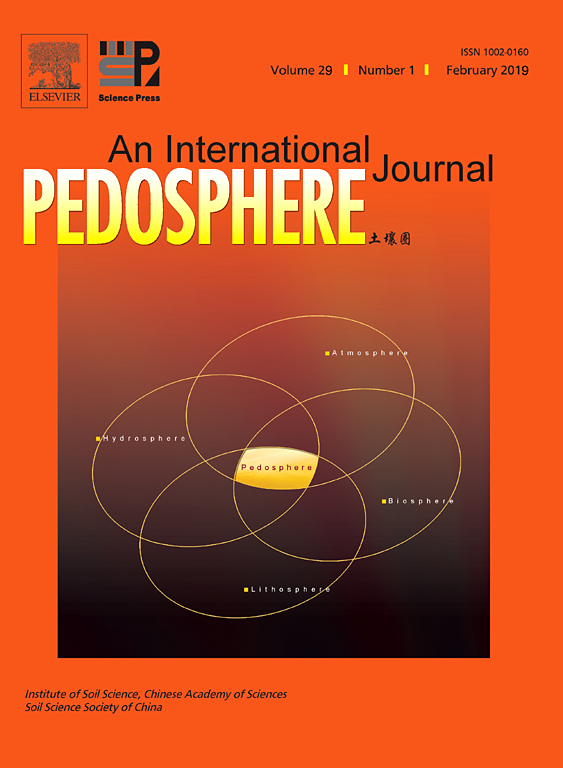Ver ítem
- xmlui.general.dspace_homeCentros e Institutos de InvestigaciónCIRN. Centro de Investigaciones de Recursos NaturalesInstituto de SuelosArtículos científicosxmlui.ArtifactBrowser.ItemViewer.trail
- Inicio
- Centros e Institutos de Investigación
- CIRN. Centro de Investigaciones de Recursos Naturales
- Instituto de Suelos
- Artículos científicos
- Ver ítem
Potential Use of a poultry manure digestate as a Biofertiliser: evaluation of soil properties and Lactuca sativa growth
Resumen
Anaerobic digestion is a process that is widely used for the treatment of organic wastes. The digestate can be used as a soil amendment or crop fertiliser. The aims of our work were to evaluate 1) the physicochemical composition and pathogen content in a
digestate from poultry manure, according to international regulations, and 2) the effect of its soil application on the major chemical
and biological soil properties and on the growth of Lactuca sativa.
[ver mas...]
Anaerobic digestion is a process that is widely used for the treatment of organic wastes. The digestate can be used as a soil amendment or crop fertiliser. The aims of our work were to evaluate 1) the physicochemical composition and pathogen content in a
digestate from poultry manure, according to international regulations, and 2) the effect of its soil application on the major chemical
and biological soil properties and on the growth of Lactuca sativa. The experiment consisted of two groups of pots (with and without
crop). Treatments applied to each group were as follows: low and high doses of digestate and inorganic fertiliser, and no application
(control) (low dose: 70 kg nitrogen (N) ha����1 and 21 kg phosphorus (P) ha����1; high dose: 210 kg N ha����1 and 63 kg P ha����1). Soil
samples were taken 7 and 34 d (harvest) after treatment applications. Heavy metal and pathogen contents in the digestate were
below the upper limit values. Despite the high pH and electrical conductivity values of the digestate, both soil parameters presented
acceptable values for crop growth. Although there were no initial increases in total inorganic N and available P in soil with digestate
application, an increase in the fresh weight of crop was observed with the high dose application. This is probably associated with the
slow nutrient release from the digestate during the development of the crop. Changes in the microbial community were temporary
and occurred at the initial sampling stage of the experiment.
[Cerrar]

Fuente
Pedosphere 29 (1) 60-69 (February 2019)
Fecha
2019-02
ISSN
1002-0160
Formato
pdf
Tipo de documento
artículo
Palabras Claves
Derechos de acceso
Restringido
 Excepto donde se diga explicitamente, este item se publica bajo la siguiente descripción: Creative Commons Attribution-NonCommercial-ShareAlike 2.5 Unported (CC BY-NC-SA 2.5)
Excepto donde se diga explicitamente, este item se publica bajo la siguiente descripción: Creative Commons Attribution-NonCommercial-ShareAlike 2.5 Unported (CC BY-NC-SA 2.5)

